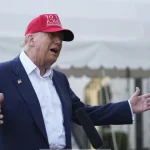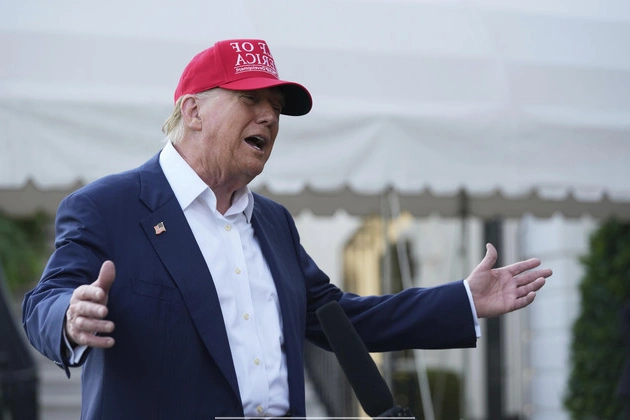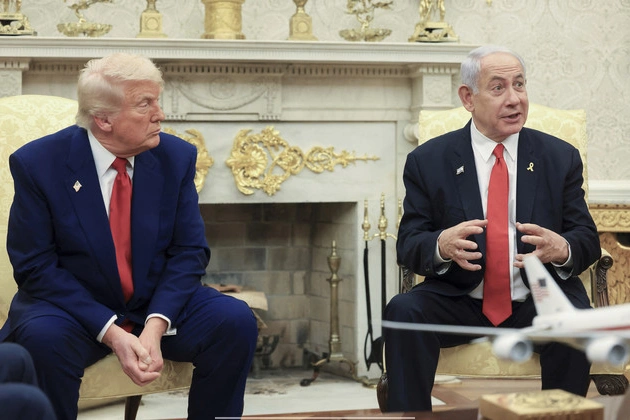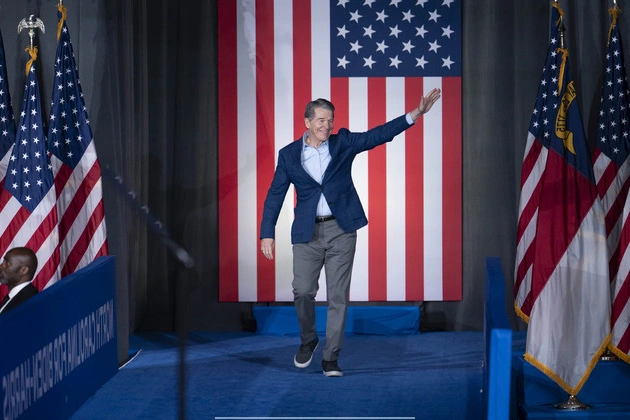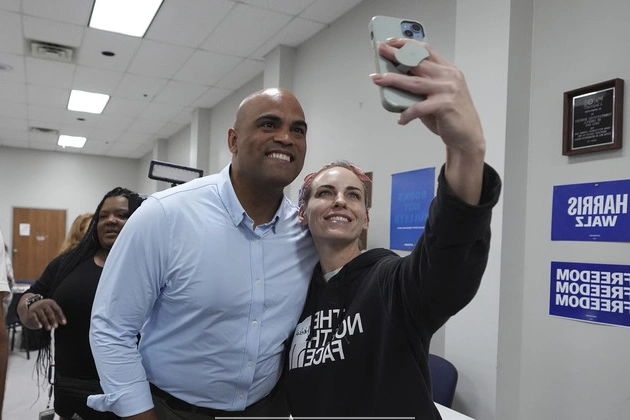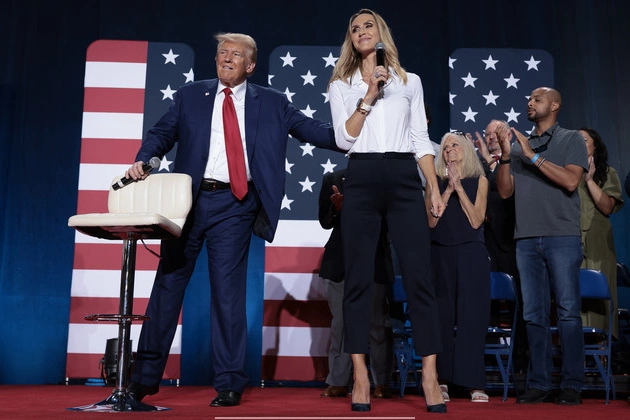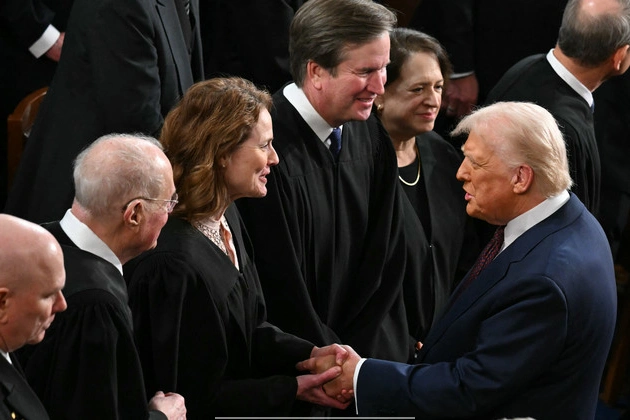
President Trump is gearing up to reshape the federal judiciary once again, with a renewed focus on selecting ‘battle-tested’ judges who align closely with his administration’s goals. The upcoming round of judicial nominations promises to be a critical step in solidifying Trump’s legacy on the courts.
Transforming the Judiciary
During his first term, President Trump made significant waves in the judicial sphere by appointing over 200 judges and reinforcing the conservative majority on the Supreme Court. This achievement marked a generational shift in the judiciary and underscored the administration’s commitment to reshaping the legal landscape.
Seeking Loyalty and Ideology
With federal courts occasionally challenging the administration’s policies and President Trump’s increasing confrontations with judicial decisions, the selection criteria for new judges have evolved. Loyalty to the president and a staunch ideological stance are now key qualifications sought in prospective nominees.
Trump’s allies emphasize the need for judges who are bold, fearless, and unwavering in their support for the administration’s agenda. This emphasis on loyalty has raised concerns among Democrats, who fear a surge in the appointment of younger, more ideologically extreme judges.
Challenges for Democrats
Despite reservations from the minority party, Senate Democrats face limited options to block Trump’s judicial nominees due to the Republican majority in the Senate. The elimination of the 60-vote threshold further complicates the confirmation process, leaving Democrats with few tools to impede the appointment of conservative judges.
Senator Richard Blumenthal acknowledges the uphill battle Democrats face and underscores the necessity of regaining the majority to counterbalance the administration’s judicial appointments.
Future Judicial Landscape
The composition of the new judicial appointees remains a subject of speculation. Observers question whether the administration will prioritize candidates with experience in contentious issues like immigration and women’s sports or opt for individuals with a track record of challenging the administrative state.
Notable figures in conservative legal circles, including Leonard Leo and Michael Davis, are expected to influence the selection process. While the Federalist Society’s role may be evolving, its longstanding ties within the conservative legal movement ensure continued influence in shaping judicial nominations.
Impending Supreme Court Picks
As vacancies arise in the federal judiciary, attention turns to potential Supreme Court nominees. Judges like Aileen Cannon and Kathryn Kimball Mizelle are among those under consideration for future appointments, with their legal backgrounds and rulings drawing scrutiny and interest from conservative circles.
The D.C. Circuit Court of Appeals also emerges as a strategic pathway for aspiring Supreme Court justices, with judges like Karen LeCraft Henderson attracting attention for their longstanding tenure and potential transition to the highest court.
Senate Dynamics and Confirmation Process
Senate Republicans have streamlined the judicial nomination process under the leadership of figures like Mitch McConnell and Chuck Grassley. Reforms such as eliminating the filibuster for Supreme Court nominees and revising debate time rules enhance the administration’s ability to secure confirmations swiftly.
The revised confirmation process sets the stage for President Trump to capitalize on Senate support for his judicial picks, ensuring a smoother path to appointments in his second term.
As the administration’s judicial confirmation team navigates existing vacancies and strategic appointments, the future composition of the federal judiciary hangs in the balance, poised for further transformation under President Trump’s leadership.
